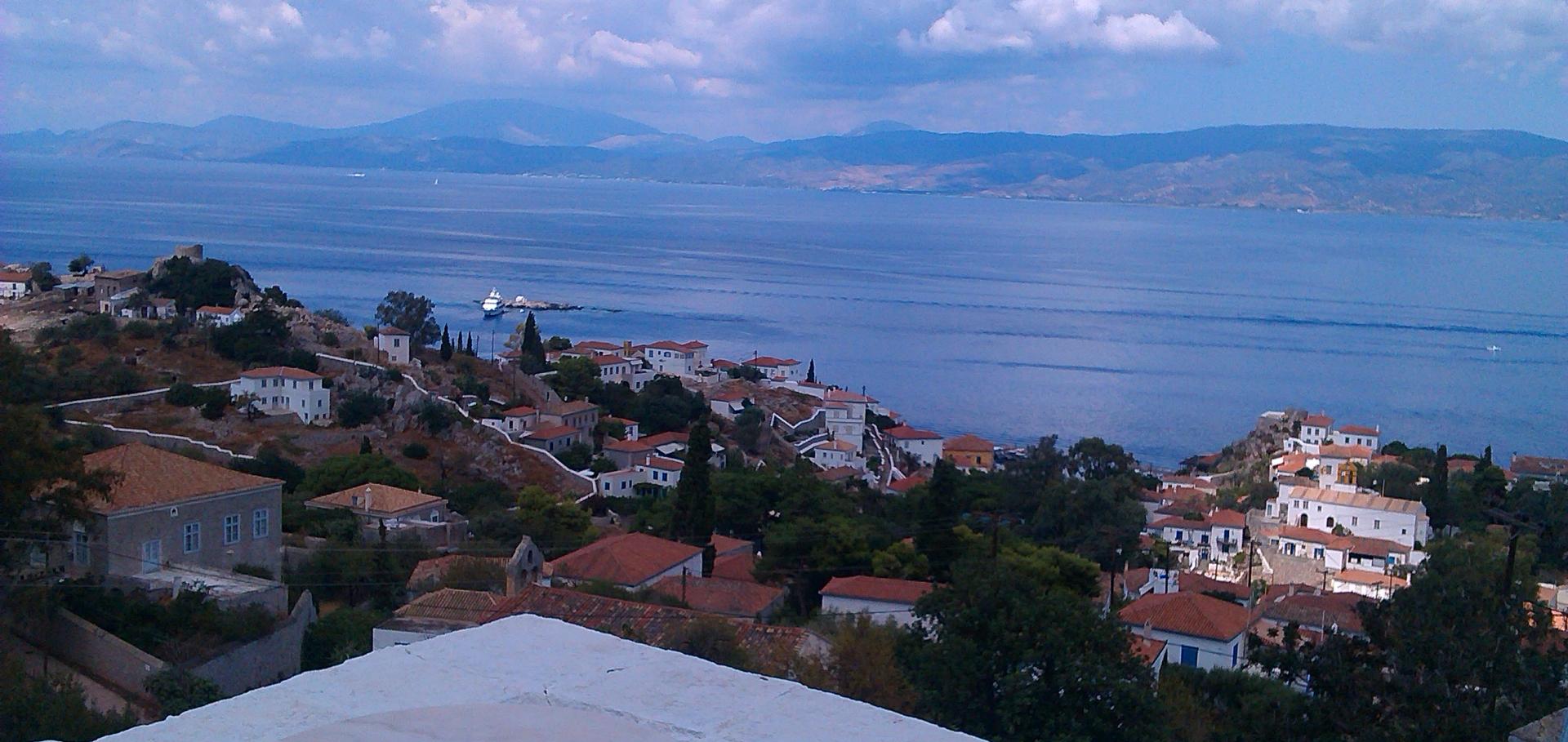The integrated Sachs-Wolfe imprints of cosmic superstructures: a problem for \Lambda CDM
(2011)
Observation of an Anisotropy in the Galactic Cosmic Ray arrival direction at 400 TeV with IceCube
ArXiv 1109.1017 (2011)
Abstract:
In this paper we report the first observation in the Southern hemisphere of an energy dependence in the Galactic cosmic ray anisotropy up to a few hundred TeV. This measurement was performed using cosmic ray induced muons recorded by the partially deployed IceCube observatory between May 2009 and May 2010. The data include a total of 33$\times 10^{9}$ muon events with a median angular resolution of $\sim3^{\circ}$ degrees. A sky map of the relative intensity in arrival direction over the Southern celestial sky is presented for cosmic ray median energies of 20 and 400 TeV. The same large-scale anisotropy observed at median energies around 20 TeV is not present at 400 TeV. Instead, the high energy skymap shows a different anisotropy structure including a deficit with a post-trial significance of -6.3$\sigma$. This anisotropy reveals a new feature of the Galactic cosmic ray distribution, which must be incorporated into theories of the origin and propagation of cosmic rays.Fermi gamma-ray "bubbles" from stochastic acceleration of electrons.
Phys Rev Lett 107:9 (2011) 091101
Abstract:
Gamma-ray data from Fermi Large Area Telescope reveal a bilobular structure extending up to ∼50° above and below the Galactic Center. It has been argued that the gamma rays arise from hadronic interactions of high-energy cosmic rays which are advected out by a strong wind, or from inverse-Compton scattering of relativistic electrons accelerated at plasma shocks present in the bubbles. We explore the alternative possibility that the relativistic electrons are undergoing stochastic 2nd-order Fermi acceleration by plasma wave turbulence through the entire volume of the bubbles. The observed gamma-ray spectral shape is then explained naturally by the resulting hard electron spectrum modulated by inverse-Compton energy losses. Rather than a constant volume emissivity as in other models, we predict a nearly constant surface brightness, and reproduce the observed sharp edges of the bubbles.Searches for periodic neutrino emission from binary systems with 22 and 40 strings of IceCube
ArXiv 1108.3023 (2011)
Abstract:
In this paper we present the results of searches for periodic neutrino emission from a catalog of binary systems. Such modulation, observed in the photon flux, would be caused by the geometry of these systems. In the analysis, the period is fixed by these photon observations, while the phase and duration of the neutrino emission are treated as free parameters to be fit with the data. If the emission occurs during ~20% or less of the total period, this analysis achieves better sensitivity than a time-integrated analysis. We use the IceCube data taken from May 31, 2007 to April 5, 2008 with its 22-string configuration, and from April 5, 2008 to May 20, 2009 with its 40-string configuration. No evidence for neutrino emission is found, with the strongest excess occurring for Cygnus X-3 at 2.1 sigma significance after accounting for trials. Neutrino flux upper limits for both periodic and time-integrated emission are provided.The Lateral Trigger Probability function for the Ultra-High Energy Cosmic Ray Showers detected by the Pierre Auger Observatory
Astroparticle Physics 35 (2011) 266-276



